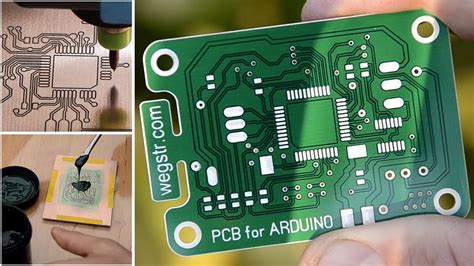
Blog
-
PCB Prototyping in China
Posted by
–
 Read more: PCB Prototyping in China
Read more: PCB Prototyping in ChinaWhy China for PCB Prototyping? Several factors have contributed to China’s rise as a PCB prototyping powerhouse: Extensive Supply Chain China boasts an extensive and mature electronics supply chain. The country is home to numerous raw material suppliers, component manufacturers, and equipment providers. This comprehensive ecosystem allows for streamlined sourcing […]
-
RAYMING Offers Good Fast Turnaround PCB Service
Posted by
–
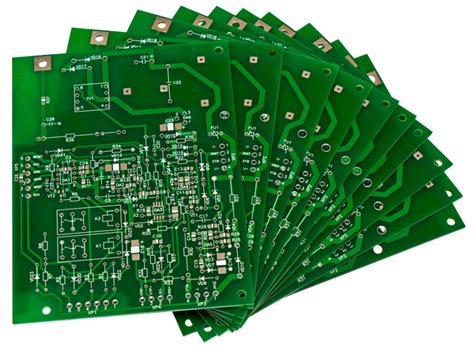 Read more: RAYMING Offers Good Fast Turnaround PCB Service
Read more: RAYMING Offers Good Fast Turnaround PCB ServiceIntroduction to RAYMING PCB Service RAYMING is a leading provider of printed circuit board (PCB) services, known for its fast turnaround times and high-quality products. With years of experience in the industry, RAYMING has established itself as a reliable partner for businesses and individuals in need of PCB design, fabrication, […]
-
Cost-cutting PCB Services
Posted by
–
 Read more: Cost-cutting PCB Services
Read more: Cost-cutting PCB ServicesUnderstanding the Factors Influencing PCB Costs To effectively cut costs in PCB manufacturing, it is essential to understand the factors that contribute to the overall expenses. Some of the key elements that impact PCB costs include: Materials used (e.g., copper, substrate, solder mask) Board size and complexity Layer count and […]
-
 Read more: 7 Best Printed Circuit Board Jobs Available in RayMing
Read more: 7 Best Printed Circuit Board Jobs Available in RayMingIntroduction to PCB Jobs at RayMing RayMing Technology Co., Ltd. is a leading manufacturer of high-quality printed circuit boards (PCBs) based in China. With over 15 years of experience in the industry, RayMing has established itself as a reliable partner for businesses seeking top-notch PCB solutions. The company offers a […]
-
 Read more: Pay attention to some issues related to Express PCB manufacturing & assembly.
Read more: Pay attention to some issues related to Express PCB manufacturing & assembly.Introduction to Express PCB Express PCB is a rapid prototyping and small-scale production service for printed circuit boards (PCBs). This service allows designers and engineers to quickly fabricate and assemble their PCB designs, reducing the time and cost associated with traditional PCB manufacturing processes. Express PCB Services typically offer fast […]
-
Top 10 PCB Suppliers in India 2024
Posted by
–
 Read more: Top 10 PCB Suppliers in India 2024
Read more: Top 10 PCB Suppliers in India 20241. AT&S India Company Overview AT&S India, a subsidiary of the Austrian-based AT&S Group, is a leading PCB manufacturer with a strong presence in India. The company specializes in high-end PCBs for various industries, including automotive, industrial, and medical electronics. Key Strengths State-of-the-art manufacturing facilities Advanced technology and equipment Strict […]
-
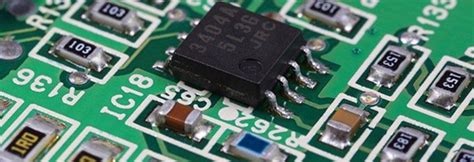 Read more: PCB Quality: Everything You Need To Know About PCB Quality
Read more: PCB Quality: Everything You Need To Know About PCB QualityWhat is PCB Quality? PCB (Printed Circuit Board) quality refers to the overall performance, reliability, and durability of a printed circuit board. It encompasses various factors such as the materials used, the manufacturing process, the design, and the adherence to industry standards and specifications. High-quality PCBs are essential for ensuring […]
-
Flying Probe in Electrical Testing
Posted by
–
 Read more: Flying Probe in Electrical Testing
Read more: Flying Probe in Electrical TestingIntroduction to Flying Probe Testing Flying probe testing is a powerful and versatile method for conducting electrical tests on printed circuit boards (PCBs) and other electronic components. Unlike traditional bed-of-nails testing, which requires a custom-built fixture for each unique PCB design, flying probe testing uses movable probes that can adapt […]
-
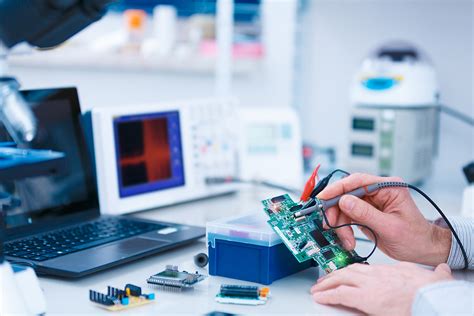 Read more: 13 Effective Test Methods For Printed Circuit Board Assembly
Read more: 13 Effective Test Methods For Printed Circuit Board AssemblyIntroduction Printed Circuit Board (PCB) assembly is a complex process that requires rigorous testing to ensure the quality and reliability of the final product. PCB Testing is crucial for identifying defects, ensuring functionality, and meeting industry standards. In this article, we will explore 13 effective test methods for PCB Assembly, […]
-
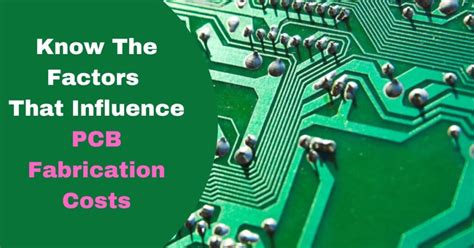 Read more: 9 Factors You Need to Know in Real PCB Board Price
Read more: 9 Factors You Need to Know in Real PCB Board PricePCB Size and Complexity The size and complexity of your PCB design significantly influence the overall cost. Larger PCBs require more materials and take longer to manufacture, resulting in higher prices. Additionally, complex designs with intricate traces, multiple layers, and high component density also contribute to increased costs. Consider the […]




